From Spay Day to TPLO: Surgeries Most Pets Will Face- And How Your Choices Shape the List
A St. Petersburg guide to planning for a lifetime of healthy procedures
Bringing home a puppy or kitten feels like the start of a carefree adventure, yet most pets will visit the operating room several times before their gray-muzzle years. A routine spay, a dental extraction, maybe a lump removal – each procedure prevents bigger problems later. Breed genetics and day-to-day habits can add (or subtract) surgeries from that list.
What many families don’t realize is that planning ahead makes these experiences easier for both pets and owners. Budgeting for expected procedures, preparing recovery spaces at home, and understanding which risks your pet is most likely to face takes the fear and surprise out of surgery. Surgery isn’t just about fixing problems. It’s about protecting long-term health, reducing pain, and making sure pets stay active and comfortable into their senior years.
At St. Petersburg Animal Hospital & Urgent Care, our team guides families through preventive care, urgent needs, and surgery with a focus on compassion, same-day access, and transparent pricing.
Surgeries Almost Every Pet Needs
- Spay or neuter: Beyond preventing accidental litters, these procedures reduce hormone-driven cancers and can ease behavior concerns. Not sure when to schedule? Learn more in spay and neuter guidelines from AAHA.
- Dental cleanings and extractions: Most pets need dental care every 6–12 months once they’ve hit middle-age, with extractions only when advanced gum disease or injury is present. Untreated dental pain often hides beneath the surface until it affects appetite or energy. Broken or infected teeth require prompt attention- fractured teeth should be repaired or removed to prevent chronic pain.
- Mass removals: A pea-sized lump can be removed with a small incision and short anesthesia. Wait until it’s walnut-sized or bleeding, and surgery becomes longer, more costly, and riskier. Catching masses early is also critical for identifying types of cancer in pets while treatment is most effective and before it’s spread to other locations in the body.
Breed-Tied Operations to Anticipate
| Breed or Body Type | Likely Surgery | Why It Happens |
| Brachycephalic Pets– Bulldogs, Pugs, Frenchies | Airway widening for stenotic nares and elongated soft palate | Short skull limits airflow; correction prevents heatstroke and collapse. |
| Labrador Retrievers, Rottweilers | TPLO to repair a torn cranial cruciate ligament | Heavy frame plus high energy strains the knee. |
| Dalmatians, Mini Schnauzers | Cystotomy to remove bladder stones | Genetics predispose certain breeds to stone formation; surgery resolves painful obstructions. |
| Yorkshire Terriers, Toy Poodles | Patellar-luxation repair | Shallow grooves make kneecaps slip. Untreated, this causes arthritis and lameness. |
| Large-breeds | Hip-dysplasia salvage or total hip replacement | Loose sockets wear cartilage; surgical correction restores mobility and comfort. |
| Shar-Peis, Chow Chows | Entropion correction | Rolled-in eyelids cause lashes to scrape the cornea, leading to pain, tearing, and ulcers if not surgically repaired. |
Not every pet will need these breed-linked procedures, but genetics play a strong role in surgical risk. Even mixed-breed dogs inherit traits that may predispose them to certain conditions.
Lifestyle Choices That Add Surgeries to the Calendar
- Skipping dental care: Neglected mouths lead to extractions and infections. St. Petersburg Animal Hospital and Urgent care offers full dentistry services.
- Outdoor Cats are more prone to abscesses from injuries and fights. Signs of a cat abscess include swelling, heat, and discharge, often on the feet or face.
- Leaving females intact: Increases risk of pyometra, an emergency uterine infection requiring surgery, and elevates mammary cancer risk.
- Allowing obesity: Extra weight stresses joints and increases the likelihood of cruciate tears, diabetes, and earlier orthopedic surgery.
- Unlocked trash or laundry: Foreign objects like socks and corn cobs often require surgery. These gastrointestinal obstructions can be life-threatening if not addressed quickly.
- Unsafe chew toys: Hard antlers or bones splinter teeth, cause fractures, and can lead to costly dental extractions. Use soft, vet-approved alternatives like rubber toys. See Don’t Chew On This! for safe toy guidelines.
- Fractures and broken bones: Pets hit by cars, falling from heights, or injured in play may need surgery or splints. Broken bones in dogs require immediate veterinary care, while severe injuries can sometimes result in amputation surgery.
- Bite wounds: Fights with other animals often lead to deep punctures that can abscess. Bite wounds in dogs frequently require sutures, drains, or even surgical repair to prevent infection.
- Nail injuries: A cracked, broken, or torn nail can cause bleeding and severe pain, sometimes necessitating sedation for trimming and bandaging. Toes that become infected may require more significant surgeries.
A Realistic Look at Surgery Day
At St. Petersburg Animal Hospital & Urgent Care, every surgery is carefully monitored with real-time equipment tracking heart rate, blood pressure, oxygen levels, and temperature. Pets recover under the direct care of an experienced team, and families leave with written instructions, pain medications, and a clear follow-up plan. Every case differs, yet some steps remain consistent:
- Pre-op assessment: A full exam and bloodwork the morning of surgery.
- Tailored anesthesia: Drug choices customized to age, breed, and organ health.
- Pain control from the start: Nerve blocks, IV medications, and safe take-home prescriptions.
- Transparent updates: A call or text as soon as your pet is in recovery.
- Home the same day when possible: Many soft-tissue procedures allow discharge the same afternoon, though foreign-body surgeries or fracture repairs may require an overnight stay.
Expect your pet to act differently when recovering from anesthesia and the procedure in your home. They don’t understand that anesthetic medications can make them feel funny, and many will try to resume their normal routines. They are at a high risk for falls, may vocalize more, or act aggressively toward other pets due to pain. It’s up to you to keep your pet safe.
Owners can help by preparing at home the night before: no food after midnight unless instructed otherwise, setting up a quiet recovery space, and making sure carriers or vehicles are clean and comfortable. Having a stocked “recovery kit” with soft bedding, extra towels, medications, and an Elizabethan collar makes the transition smoother once your pet is discharged.
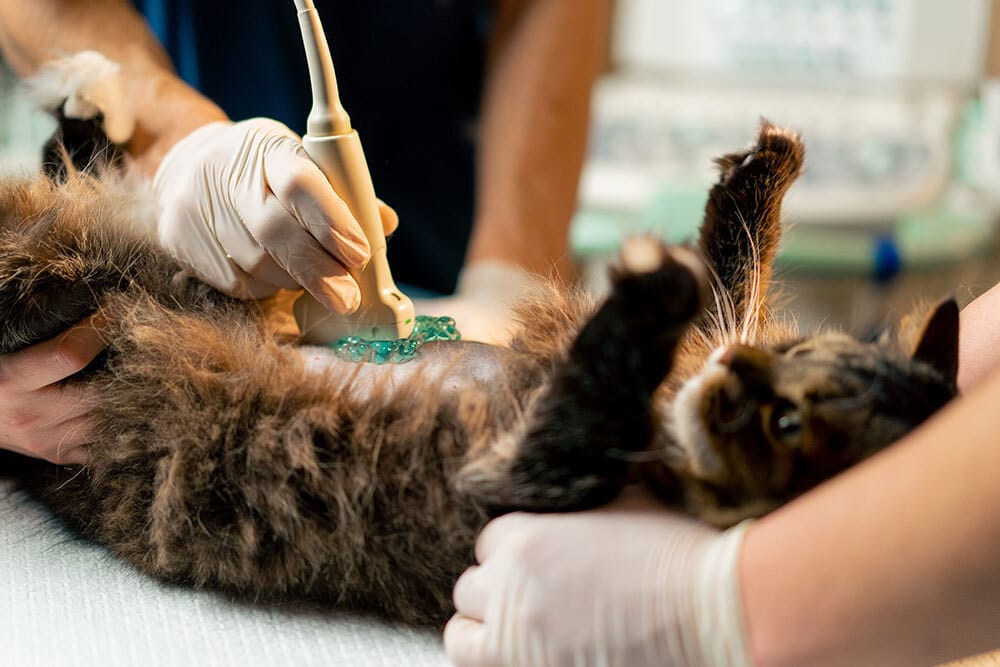
Common Post-Op Complications and How to Prevent Them
| Complication | Cause | Prevention Tip |
| Infection at the incision | Licking or other pets grooming the wound | Keeping the cone comfortable ensures pets tolerate it, which prevents licking or chewing at stitches. Always keep other pets from “helping.” |
| Seroma (fluid pocket) | Running, jumping, or scratching too soon | Strict crate rest after surgery minimizes strain on healing tissues. Use gates to block stairs and confine activity to safe areas. Always use a leash outside until cleared by your vet. |
| Pulled stitches | Toenail snag, chewing at sutures | Trim nails before surgery and provide soft bedding to reduce snags. |
| Early suture dissolution | Swimming or bathing too soon | Avoid water exposure until cleared at the recheck visit. |
Quick care for swelling, discharge, or pain prevents minor issues from becoming major ones. Our urgent care services are available for same-day evaluation if you notice anything concerning.
Ready to Plan Ahead?
Most pets will undergo at least two or three surgeries in their lifetime- and possibly more depending on breed, lifestyle, and luck. With proactive wellness visits, spay or neuter, routine dentistry, safe home habits, and healthy weight management, families can keep the list shorter and safer.
If your pet is due for a procedure or you have questions about preventive planning, visit our contact page. At St. Petersburg Animal Hospital & Urgent Care, we combine advanced surgical care, same-day availability, transparent pricing, and compassionate support so you can feel confident every step of the way.

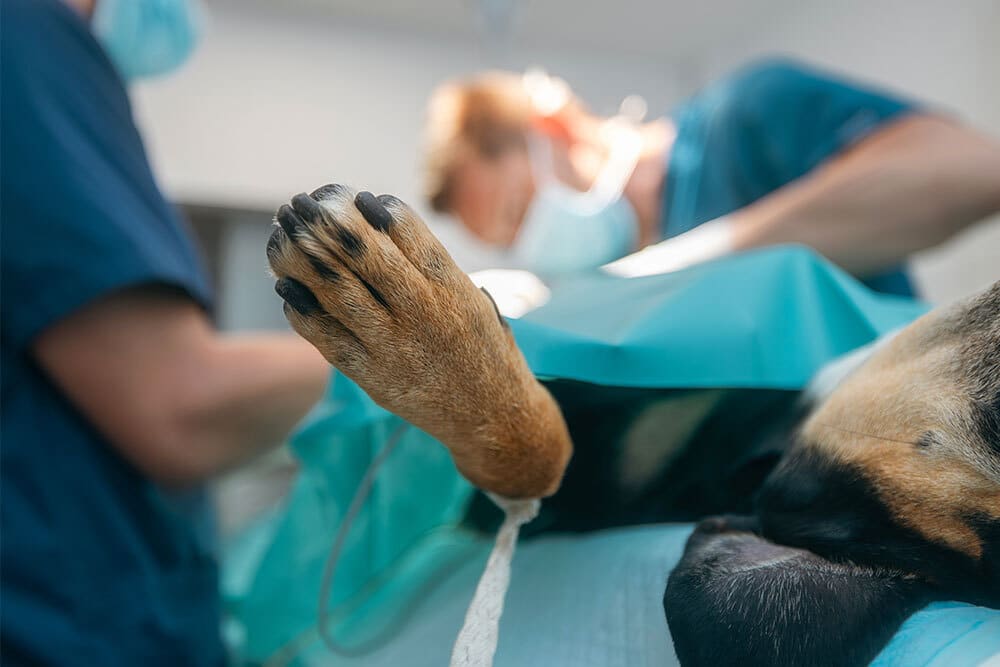
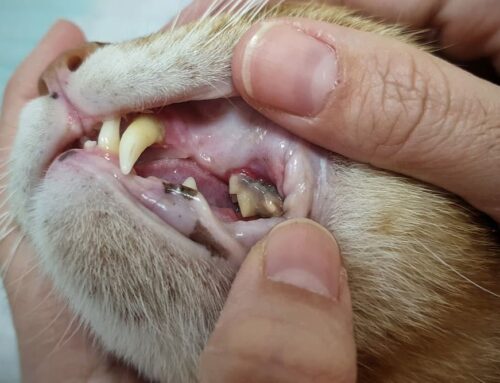
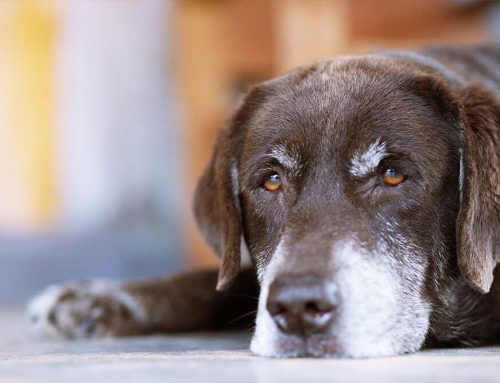
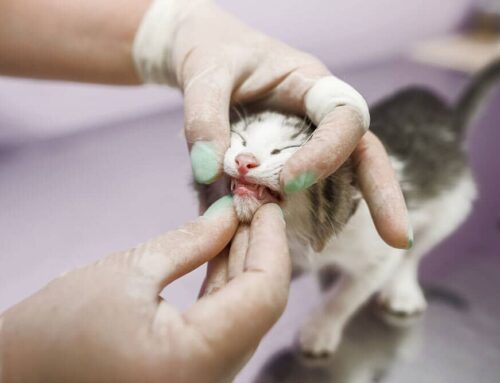


Leave A Comment